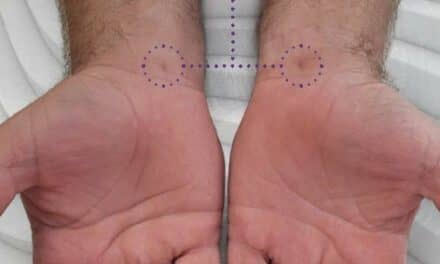 Physicians have embraced brachytherapy, or internal radiation therapy, to fight many cancers. While new imaging tools and radioisotopes continue to improve the technique, other methods of delivering radiation are challenging brachytherapy. For prostate cancer patients, brachytherapy is an increasingly popular option. But intensity modulated 3D conformal radiotherapy (IMRT), a form of external beam radiation, is proving to be a powerful ally as well. In breast cancer, brachytherapy is making the 6 o’clock news, but some physicians urge caution, preferring the tried-and-true external beam radiation. And for eye cancer, brachytherapy dominates in treating melanomas, but for some, is falling out of favor to treat retinoblastomas.
Physicians have embraced brachytherapy, or internal radiation therapy, to fight many cancers. While new imaging tools and radioisotopes continue to improve the technique, other methods of delivering radiation are challenging brachytherapy. For prostate cancer patients, brachytherapy is an increasingly popular option. But intensity modulated 3D conformal radiotherapy (IMRT), a form of external beam radiation, is proving to be a powerful ally as well. In breast cancer, brachytherapy is making the 6 o’clock news, but some physicians urge caution, preferring the tried-and-true external beam radiation. And for eye cancer, brachytherapy dominates in treating melanomas, but for some, is falling out of favor to treat retinoblastomas.
Brachytherapy saves eyes
Before the 1970s, most patients with eye melanomas automatically had their eye removed. Since then, ophthalmic plaque radiation therapy, a type of brachytherapy, has become the choice for appropriate tumors. Choroidal melanomas, the most common primary intraocular tumor with 6 million new cases in the United States each year, is particularly amenable to plaque radiotherapy.
 Until recently, doubts about brachytherapy remained, despite the technique’s growing popularity among physicians and patients wanting to save the eye. If the cancer had not metastasized, eye removal was a sure bet, and physicians questioned whether radiation treatment was as effective. But a few years ago, the extensive, multi-centered Collaborative Ocular Melanoma Study (COMS) found no significant difference in survival between the two treatments. “Now, anybody who comes in who has a suitable melanoma does not have to have their eye removed. The data no longer supports eye removal,” says Paul Finger, M.D., F.A.C.S, director of the New York Eye Cancer Center (New York) and COMS’ principal investigator. “In my practice, at least three out of four eyes can be saved using plaque radiation therapy,” a rate that holds true nationally.
Until recently, doubts about brachytherapy remained, despite the technique’s growing popularity among physicians and patients wanting to save the eye. If the cancer had not metastasized, eye removal was a sure bet, and physicians questioned whether radiation treatment was as effective. But a few years ago, the extensive, multi-centered Collaborative Ocular Melanoma Study (COMS) found no significant difference in survival between the two treatments. “Now, anybody who comes in who has a suitable melanoma does not have to have their eye removed. The data no longer supports eye removal,” says Paul Finger, M.D., F.A.C.S, director of the New York Eye Cancer Center (New York) and COMS’ principal investigator. “In my practice, at least three out of four eyes can be saved using plaque radiation therapy,” a rate that holds true nationally.
In plaque radiotherapy, physicians sew a bowl-shaped plaque filled with radioactive seeds into the eye wall underneath the tumor. Gold surrounds the plaque to block radiation from surrounding tissue. After five to seven days, physicians remove the plaque and three months later, an ultrasound exam is done to measure tumor shrinkage.
Please refer to the October 2002 issue for the complete story. For information on article reprints, contact Martin St. Denis




